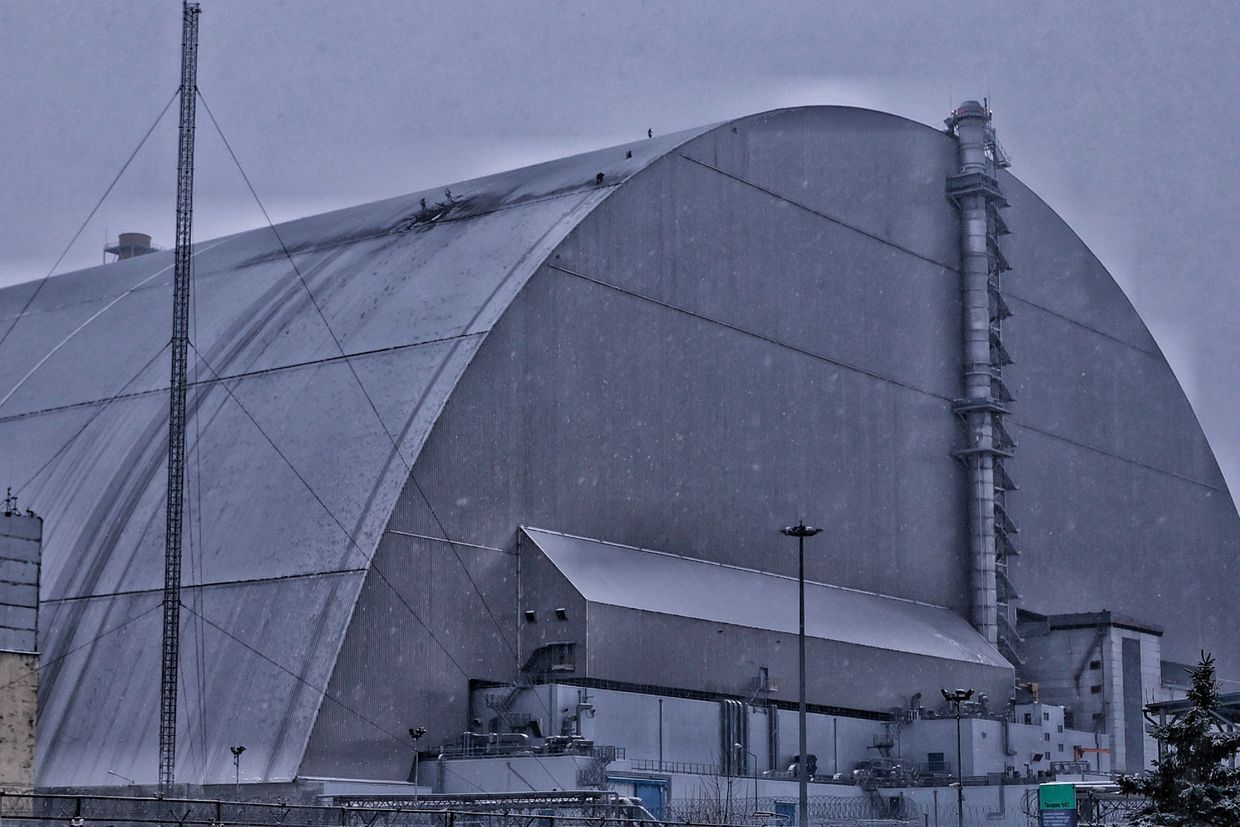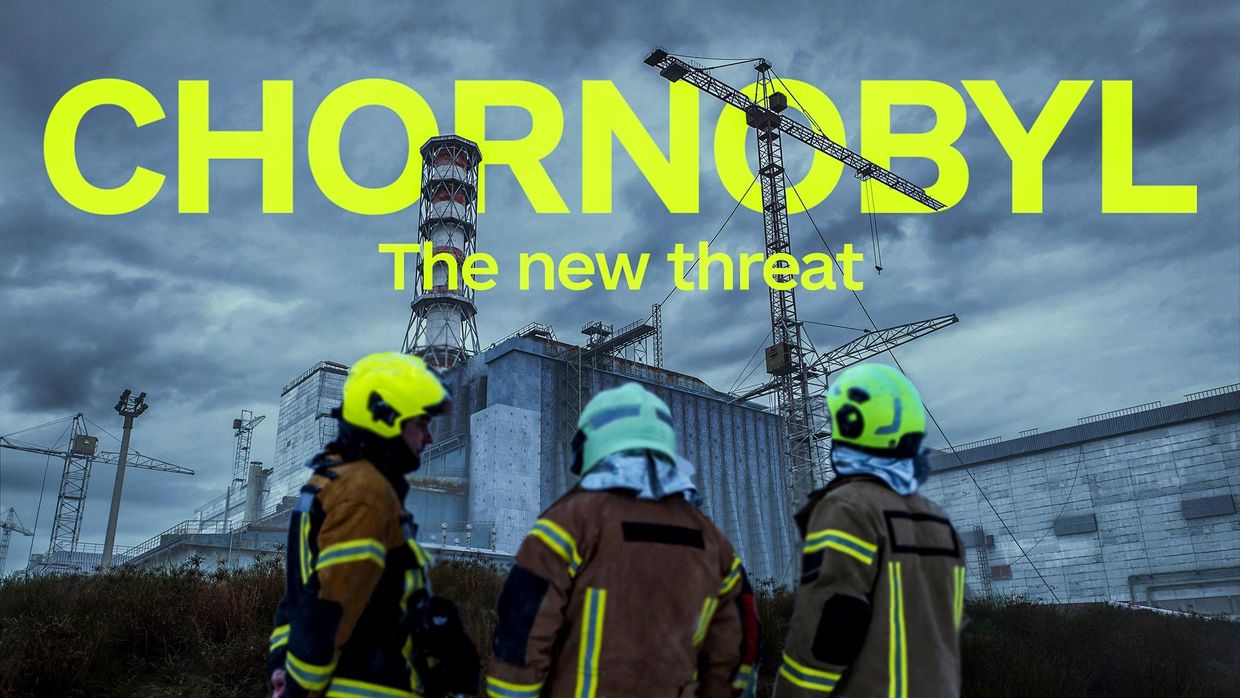Spain Ukraine military aid: Patriot missiles, Leopard tanks—plus surprise Chornobyl solar plant
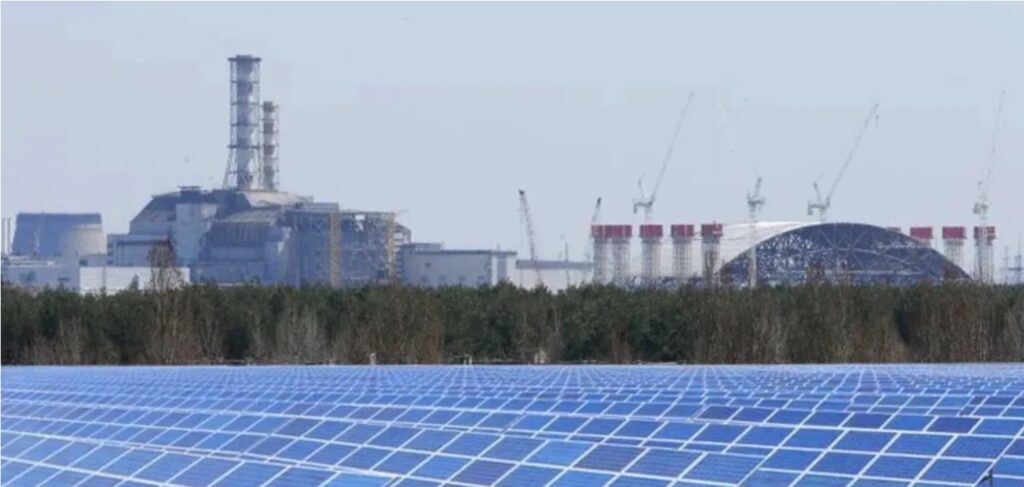
On 27 May 2024, a historic handshake in Madrid sealed a new chapter in Ukraine’s struggle for survival. That day, Ukraine and Spain signed a 10‑year bilateral security agreement, a pact that committed Spain to stand by Ukraine during its fight against Russia’s full‑scale invasion.
A year later, that signature has proved to be more than words. Spain has become one of Ukraine’s most consistent allies, delivering weapons, training thousands of soldiers, investing in rebuilding projects, and helping create legal mechanisms to hold Russia accountable.
In collaboration with the Dnistrianskyi Center, Euromaidan Press presents this English-language adaptation of Dariia Cherniavska’s analysis on Spain’s role in Ukraine’s defense, recovery, and pursuit of justice.
A tenth agreement that mattered
This agreement was not a one‑off act. It became the tenth in a series of security agreements Ukraine began after the G7 Joint Declaration of Support in 2023. By July 2025, Ukraine had signed 29 such agreements in total — 27 with G7‑aligned or European partners, one with the EU, and one with Croatia — all aimed at long‑term security cooperation.
Yet the Spanish pact stands out because of its broad scope.
Under this agreement, Spain committed to:
- Deliver weapons and military equipment
- Train Ukrainian military personnel
- Cooperate with Ukraine’s defense industry
- Provide humanitarian support and reconstruction aid
- Join sanctions and legal actions against Russia
And in 2024 alone, Spain pledged €1 billion for military aid, aimed at strengthening Ukraine’s artillery, air defenses, armored forces, and maritime security.
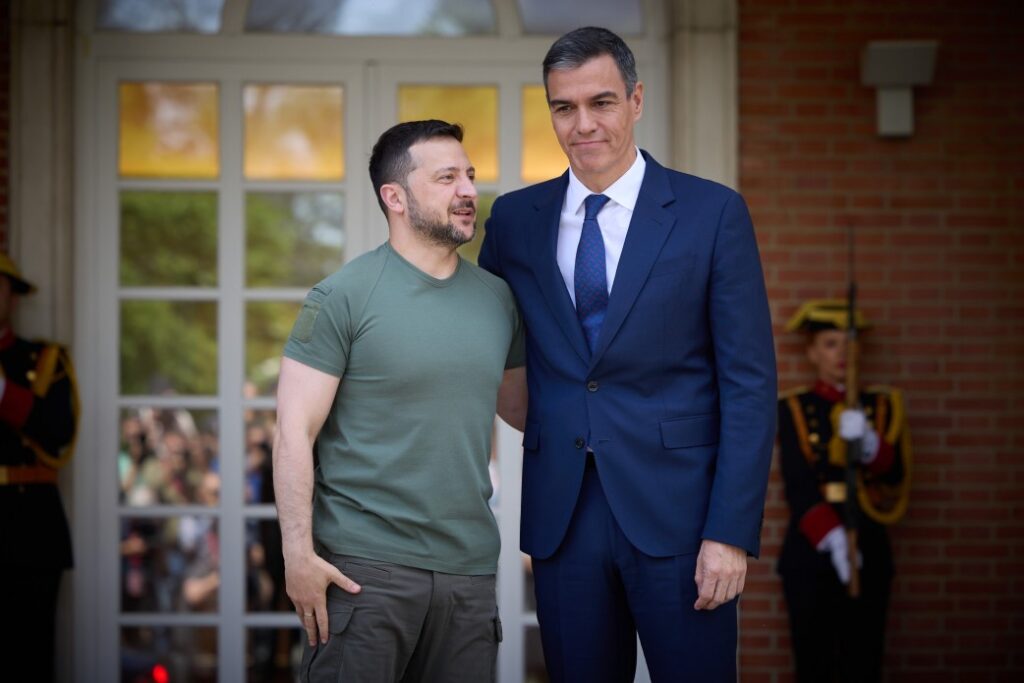
Weapons that protect lives
The first visible results came from the skies. In the spring of 2024, Spain sent batches of MIM‑104 Patriot missiles, strengthening Ukraine’s air defenses. Then in November, a full HAWK air defense battery – six launchers – arrived in Ukraine, designed to shoot down Russian missiles and drones.
On land, Spain has been no less active. Nineteen Leopard 2A4 tanks, once left unused in Zaragoza, were overhauled at the Santa Bárbara Sistemas plant. Ten of them were delivered to Ukraine in July 2024, with the rest planned for September.
Since the beginning of the full‑scale war, Spain has repaired and modernized 29 Leopard tanks for Ukraine and provided M113 armored personnel carriers. Between May 2024 and May 2025, Spain also delivered 155‑mm artillery shells, counter‑drone systems, surveillance optics, and modern combat turrets, giving Ukraine more tools to defend itself.

Building a defense industry together
Spain’s assistance has not stopped with shipments. It is also helping Ukraine develop the capacity to produce and modernize its own weapons.
The Leopard tanks overhauled in 2024 are one example. At the same time, Ukrainian armored vehicles – including the Kozak‑5 – were equipped with Guardian combat modules from Spanish company Escribano Mechanical & Engineering.
In May 2025, Ukroboronprom signed a memorandum with Escribano to jointly develop weapons and localize Spanish module production inside Ukraine. Another partnership followed: Ukrainian company Praktyka signed an agreement with Spain’s Tecnove to begin licensed production of Dzura and Kozak armored vehicles in Spain, opening access to the European market.
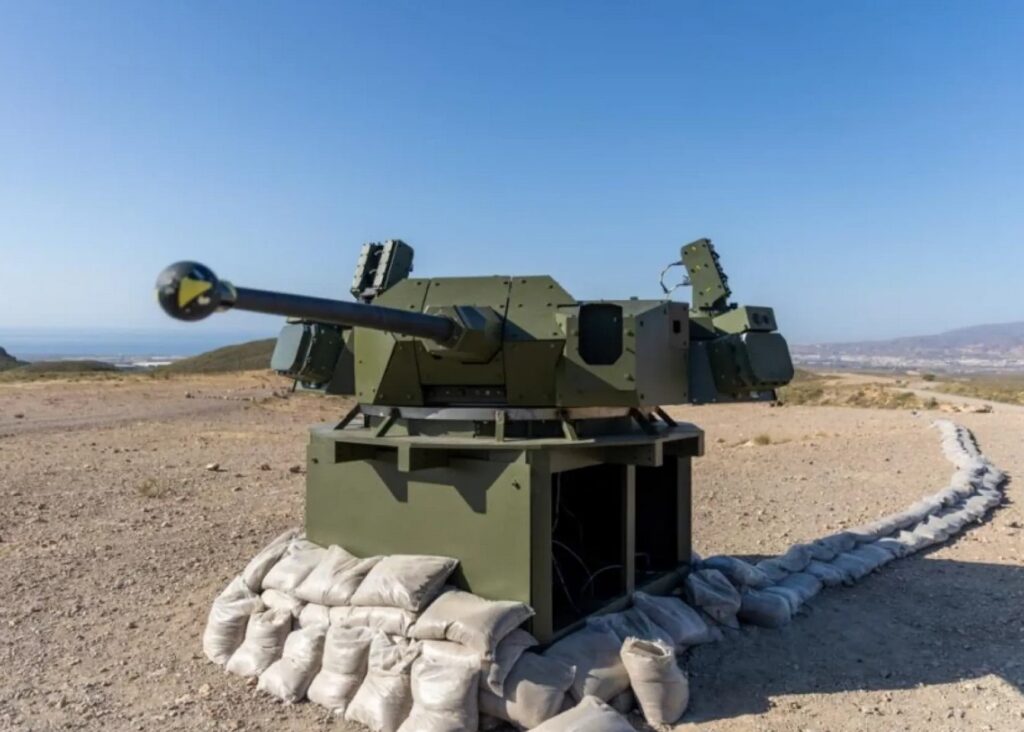
Financial backing through frozen Russian assets
Support has also come through the European Union, where Spain, together with other EU members, takes part in the collective effort to redirect profits from frozen Russian assets to Ukraine.
- July 2024: the EU transferred the first tranche of €1.5 billion
- By May 2025: four tranches in total, amounting to €6 billion
- May 9, 2025: the EU announced another €1 billion, aimed at strengthening Ukraine’s defense industry
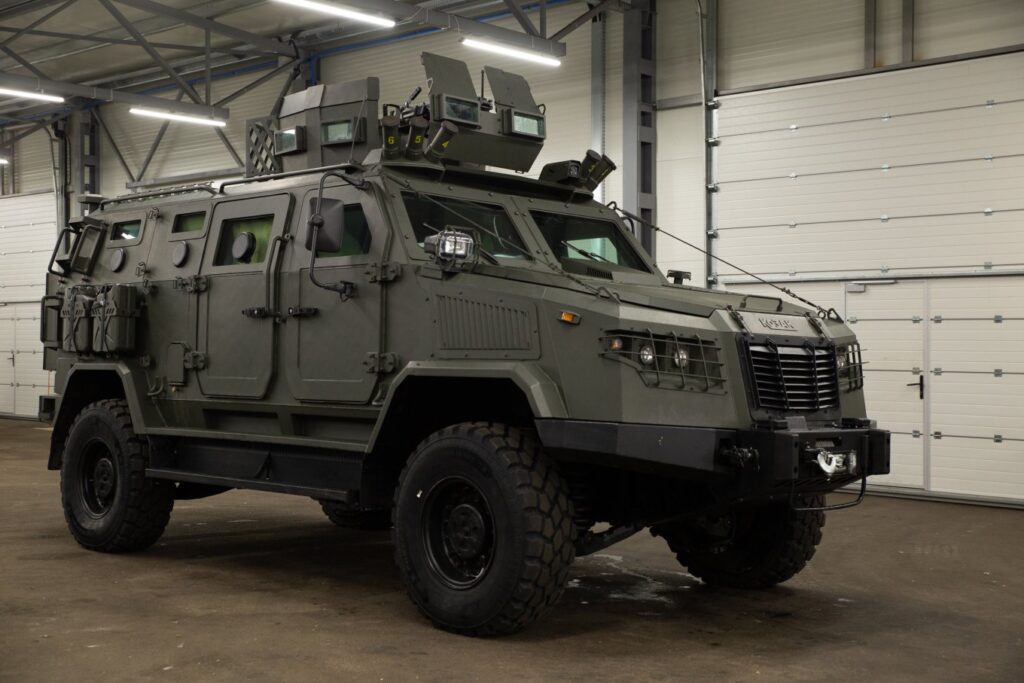
Passing on knowledge: Training Ukrainian soldiers
Weapons and funding are critical, but training saves lives. Spain is part of the EU’s EUMAM mission, which has already trained more than 75,000 Ukrainian soldiers. About 7,000 of them have trained in Spain.
There, soldiers learn to operate Patriot and HAWK air defense systems, maintain artillery, and master combined‑arms tactics. Most of these programs are run at the Toledo Training Coordination Centre (TTCC).
Beyond air defense, Spain has also been training Ukrainian troops on the very equipment it has supplied since the start of the full‑scale war — from OTO Melara Mod 56 towed howitzers and Aspide air defense systems to M113 armored personnel carriers and Leopard 2A tanks.
In March 2025, Ukraine and Spain signed a new agreement to expand training, ensuring more soldiers will benefit from Spanish expertise.
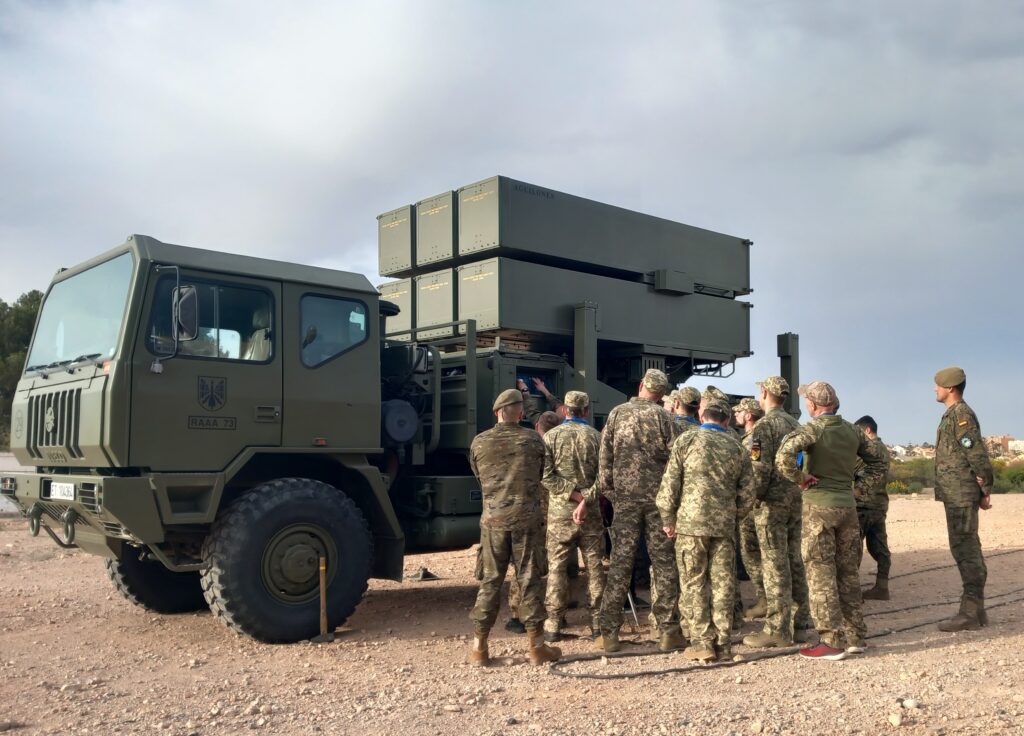
Support beyond the battlefield
While the frontlines define much of this partnership, Spain has been active on other fronts too:
- Sanctions and cyber defense: Spain supports EU sanction packages that have targeted Russia’s military industries, energy companies, and individuals involved in war crimes. It also joined the IT Coalition in September 2024, which raised €482 million to strengthen Ukraine’s secure communications and cyber defenses.
- Humanitarian demining: In 2024, the demining coalition – with Spain among its members – allocated over €50 million for clearing mines. Ukraine received hundreds of specialized vehicles and equipment, and over 4,000 engineers completed NATO‑standard training. Spain added €3 million to these efforts, bringing its total to €4.5 million, and co‑funded a UNDP project using trained dogs for mine detection.
- Restoring energy: Spain delivered 17 large generators, invested €4.5 million in the Ukraine Energy Support Fund, and financed a new solar power plant in Chornobyl in April 2025.
- Humanitarian and reconstruction aid: Spain provided $3 million for the HEAL Ukraine healthcare project, welcomed over 150 wounded Ukrainians for medical care, and supported the creation of a rehabilitation center in Barcelona. Since 2022, Spain has delivered more than €100 million in humanitarian aid and €400 million for reconstruction.
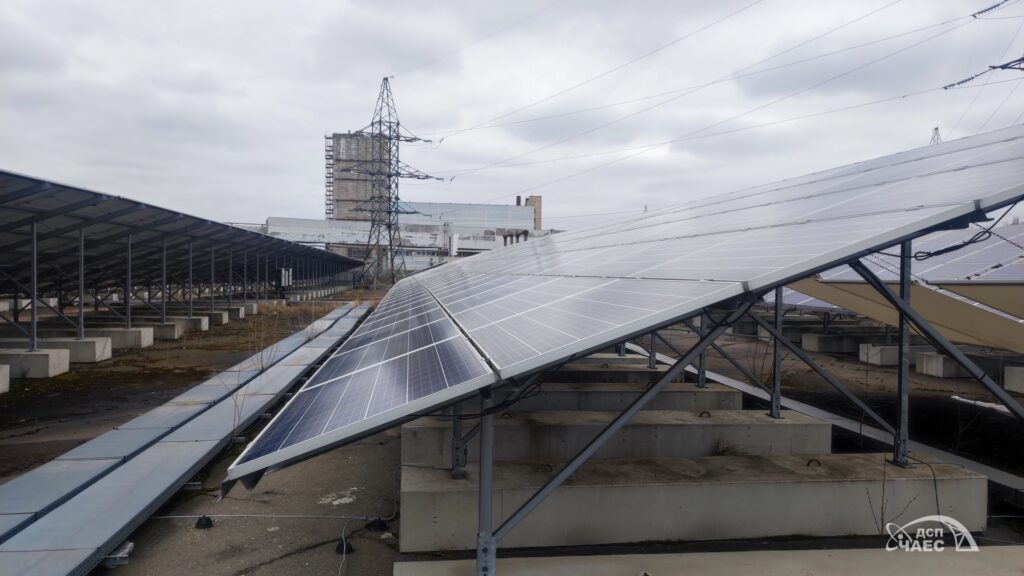
Seeking justice
Spain has also joined two major international coalitions. The first led to the June 2025 signing of an agreement between Ukraine and the Council of Europe to establish a Special Tribunal for the Crime of Aggression. Once it begins work in 2026, the tribunal will be able to prosecute 20–30 senior Russian and Belarusian leaders, including Vladimir Putin, even in absentia.
The second coalition focuses on the return of deported Ukrainian children; in 2024, nearly 600 children were brought home through these joint efforts.
One year in review
From Patriot missiles to solar power, from tanks to hospitals, Spain’s support has been comprehensive and steady.
One year after that handshake in Madrid, Spain has gone far beyond promises. Its help now shows in the skies above Ukraine, on the ground in training centers, in rebuilt power plants, and in the return of Ukrainian children.
It is a partnership built on solidarity – a partnership that continues to shape Ukraine’s resilience and its hope for victory and peace.

Technology is Ukraine’s chance to win the war. This is why we’re launching the David vs. Goliath defense blog to support Ukrainian engineers who are creating innovative battlefield solutions and are inviting you to join us on the journey.
Our platform will showcase the Ukrainian defense tech underdogs who are Ukraine’s hope to win in the war against Russia, giving them the much-needed visibility to connect them with crucial expertise, funding, and international support. Together, we can give David the best fighting chance he has.
Join us in building this platform—become a Euromaidan Press Patron. As little as $5 monthly will boost strategic innovations that could succeed where traditional approaches have failed.
